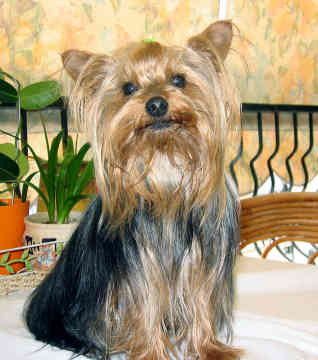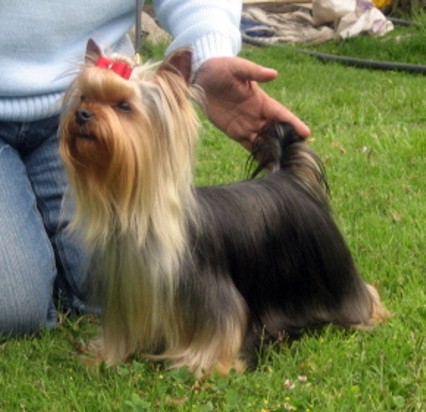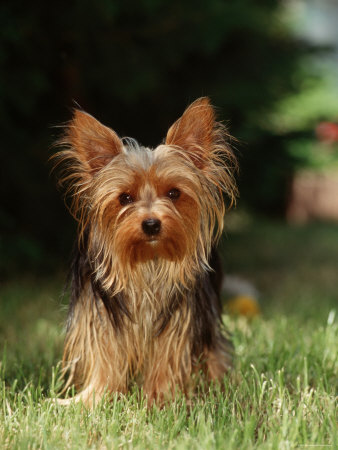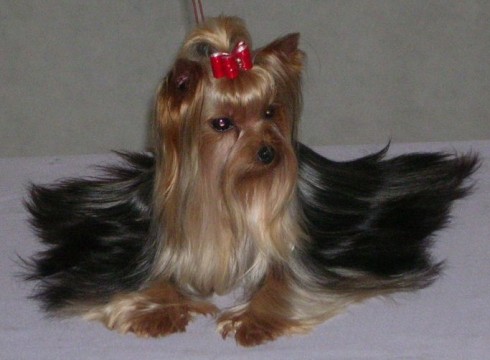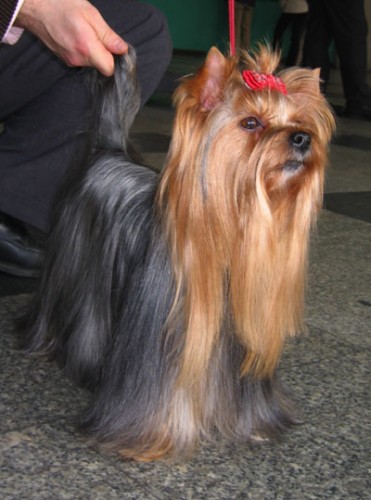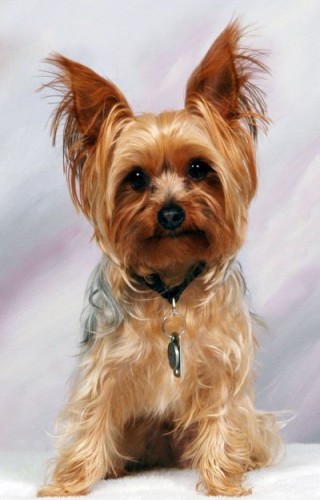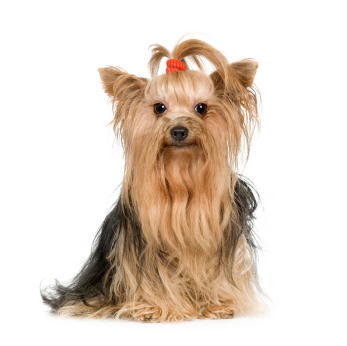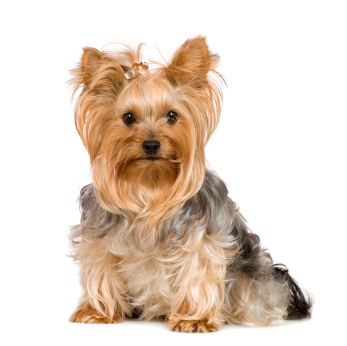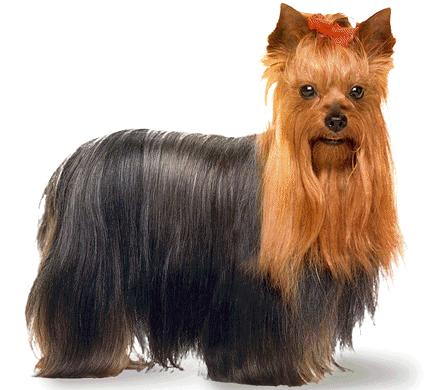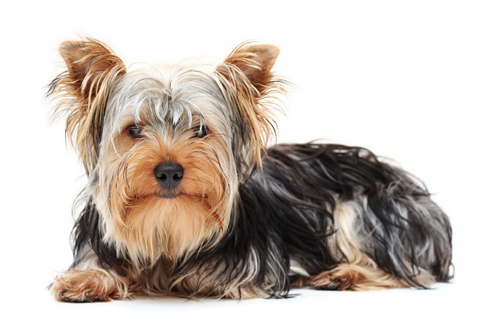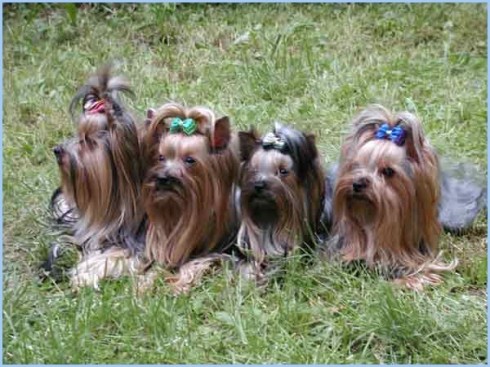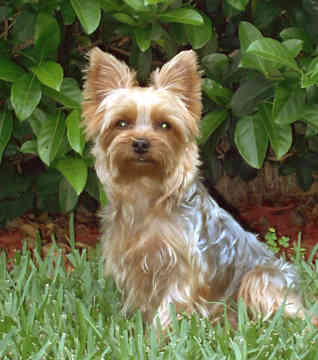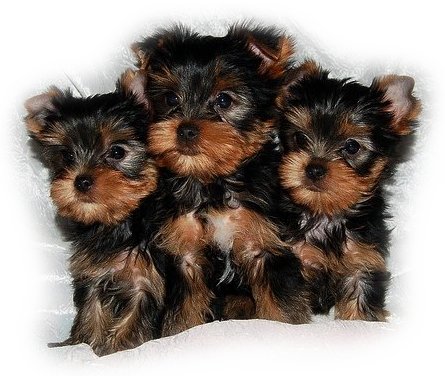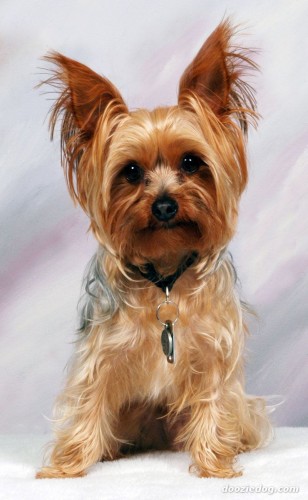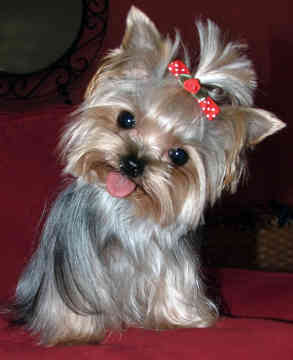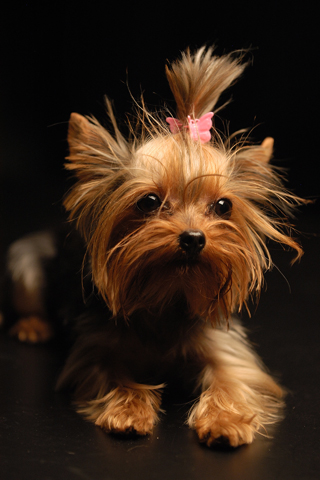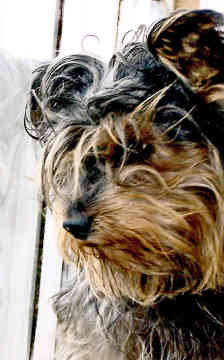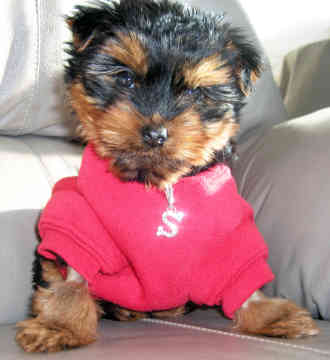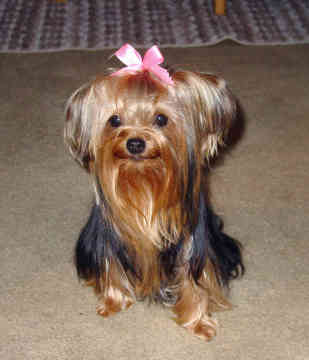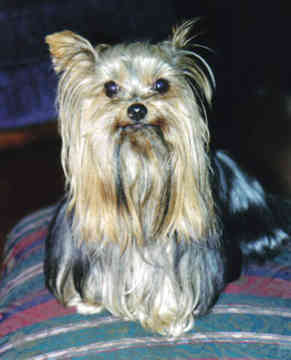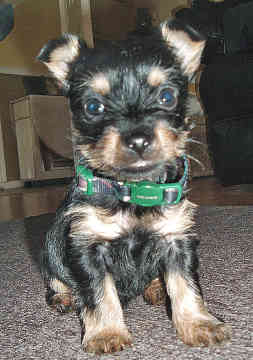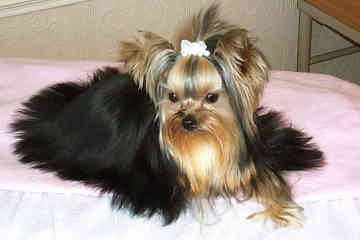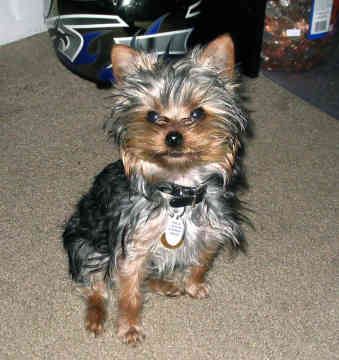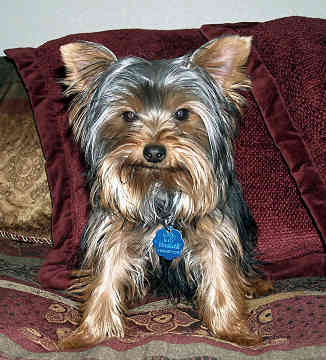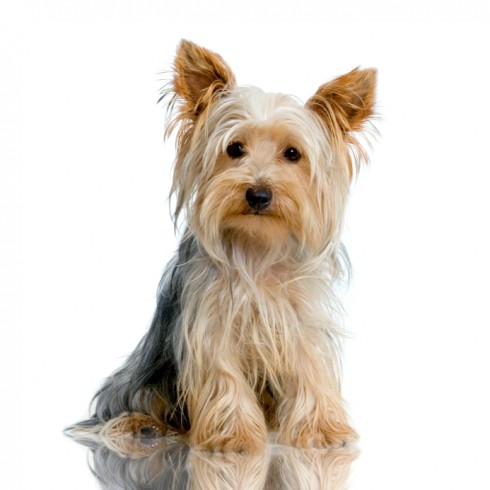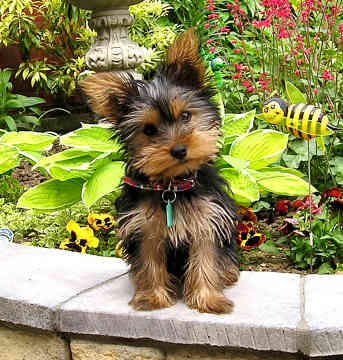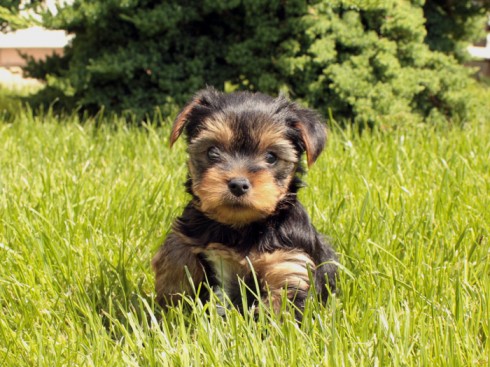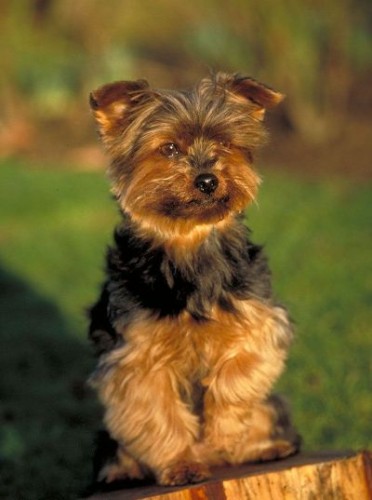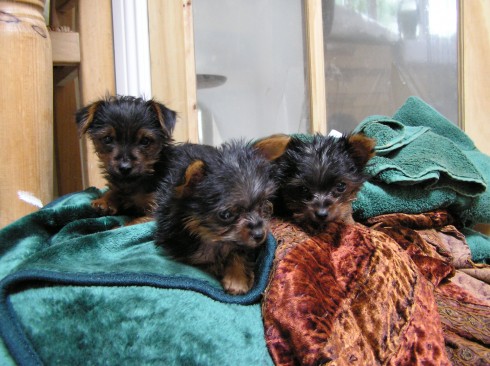Main Index
In Store
Our Web Store
Miniature Schnauzer Picture Gallery
Latest Dog Blogs
- What Are The Basic Commands To Train A Dog?
- PaySafe As The Most Popular Type Of Deposit
- Everything You Need To Know About Pet Sales
- Dogs Contribute To Our Physical And Mental Well Being
- How To Choose Where To Bet On Greyhounds In 2022
- Volunteer With Animals - How To Help Dogs Around The World
- Basic Understanding Of The House Edge
- Why You Should Get A Dog
- Top 20 Popular Dog Names Around The World
- Constipation in Dogs and How to Find Solutions
Yorkshire Terrier
Yorkshire Terrier Picture Gallery
Yorkshire Terrier Clubs/Associations
The Full Yorkshire Terrier Description
Because they're so tiny and have such splendid coats, many people think Yorkshire Terriers are delicate dogs. Actually, it's better not to baby these dogs too much. Excessive pampering confuses them. Common sense care must be taken because of their size, but Yorkies are little terriers. That means they love to play and investigate. They are bundles of energy as puppies, though older Yorkies can be quiet and settled.
Did you know?
The Yorkshire Terrier made its first appearance at a bench show in England in 1861 as a "broken-haired Scotch Terrier."
So you want to own a Yorkshire Terrier?
Grooming must be done on a regular basis. Although the coat is easy to care for it is time consuming and necessary in order to keep your dog in healthy condition.
The Yorkshire Terrier can easily be injured by small children; if you are considering a Yorkshire Terrier you must be able to supervise the dog around small children.
The Yorkshire Terrier is an independent dog, but a devoted companion. Despite his small size he is more than willing to act as a guardian for his master.
Indicative Breed Standard
General Appearance
Long-coated, coat hanging quite straight and evenly down each side, a parting extending from nose to end of tail. Very compact and neat, carriage very upright conveying an important air. General outline conveying impression of vigorous and well proportioned body.
Characteristics
Alert, intelligent toy terrier.
Temperament
Spirited with even disposition.
Head and Skull
Rather small and flat, not too prominent or round in skull, nor too long in muzzle; black nose.
Eyes
Medium, dark, sparkling, with sharp intelligent expression and placed to look directly forward. Not prominent. Edge of eyelids dark.
Ears
Small, V-shaped, carried erect, not too far apart, covered with short hair, colour very deep, rich tan.
Mouth
Perfect, regular and complete scissor bite, i.e. upper teeth closely overlapping lower teeth and set square to the jaws. Teeth well placed with even jaws.
Neck
Good reach.
Forequarters
Well laid shoulders, legs straight, well covered with hair of rich golden tan a few shades lighter at ends than at roots, not extending higher on forelegs than elbow.
Body
Compact with moderate spring of rib, good loin. Level back.
Hindquarters
Legs quite straight when viewed from behind, moderate turn of stifle. Well covered with hair of rich golden tan a few shades lighter at ends than at roots, not extending higher on hindlegs than stifles.
Tail
Customarily docked
Docked: Medium length with plenty of hair, darker blue in colour than rest of body, especially at end of tail. Carried a little higher than level of back.
Undocked: Plenty of hair, darker blue in colour than rest of body, especially at end of tail. Carried a little higher than level of back. As straight as possible. Length to give a well balanced appearance.
Gait/Movement
Free with drive; straight action front and behind, retaining level topline.
Coat
Hair on body moderately long, perfectly straight (not wavy), glossy; fine silky texture, not woolly. Fall on head long, rich golden tan, deeper in colour at sides of head, about ear roots and on muzzle where it should be very long. Tan on head not to extend on to neck, nor must any sooty or dark hair intermingle with any of tan.
Colour
Dark steel blue (not silver blue), extending from occiput to root of tail, never mingled with fawn, bronze or dark hairs. Hair on chest rich, bright tan. All tan hair darker at the roots than in middle, shading to still lighter at tips.
Size
Weight up to 3.2 kgs (7 lbs).
About Our Article Directory
- Article
- 27 November 2010
- 2 comments
Canis lupus familiaris
- Breed Article
- 29 May 2010
- No comments
Quick Search
Donate
Latest Dog Pods
- Tips on How to Stop Your Dog from Biting
- Beware - Not All Advertised Dog Rescues Really Are! How Can You Know The Truth?
- Helpful Tips For Dog Obedience Problems
- How to Keep Dogs From Eating Poop
- Dog Grooming Tips - A General Overview of the Very Basics of Dog Grooming
- Recognising Different Types of Dog Obedience Problems
- 5 Important Tips On Feeding A Puppy


